



























A tale echoing through the mists of ancient Scandinavian legend.

»To be, or not to be: that is the question«
Set in a world of political power and greed, we follow a young prince caught between action and paralysis. Haunted by the sudden death of his father, disturbed by his mother’s quick remarriage Hamlet is pulled into a web of suspicion, betrayal and doubt. When the past returns in form of a ghost, he is forced to question everything – his family, his purpose and his own mind. Driven to uncover the truth but unable to trust those around him, he turns inward.
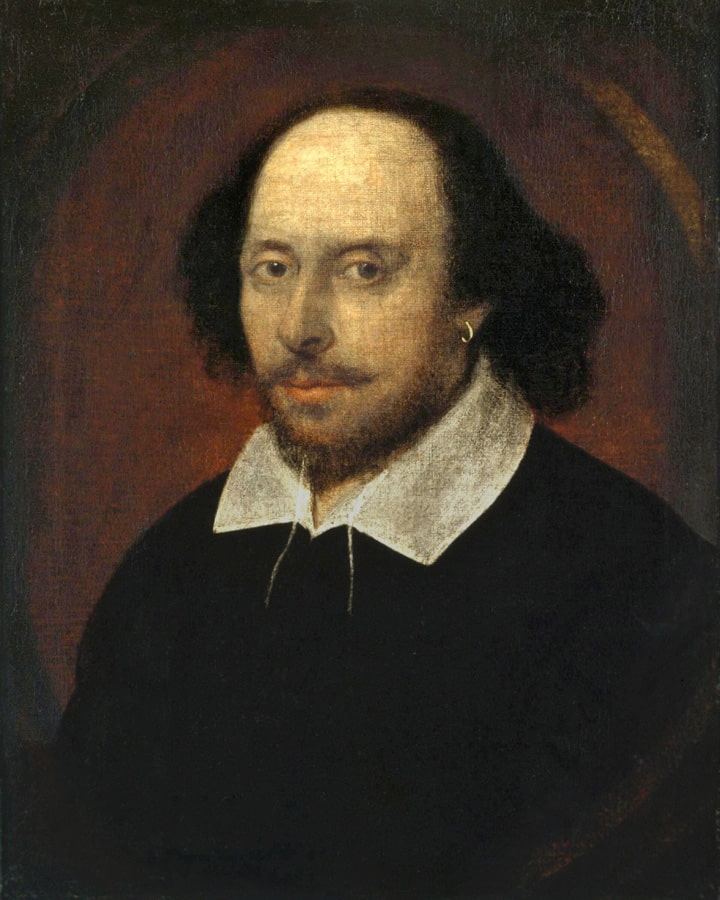
William Shakespeare (1564 – 1616) aka England’s national poet is widely considered as the goat of playwright. His body of work includes 38 plays, 154 sonnets and a number of longer poems covering everything from comedies, tragedies to history plays.

He was born into a middle-class family in Stratford-upon-Avon, where he was also later burried. Not much is known for sure about his private life, which has led to plenty of legends and even conspiracy theories. Some still question whether he really wrote all the works credited to him, because it’s hard to believe or retrace that someone from a middle class background could write with so much finesse about the conditio humana.
Fun fact: Shakespeare invented or popularized over 1,700 words and phrases still used in English today including lonely, bedroom, eyeball, crtic, bedazzled, undress, fashionable and swagger.
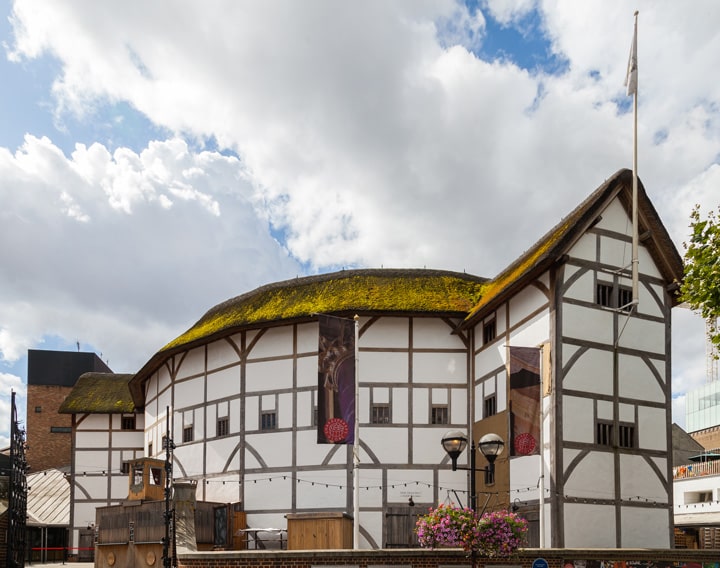
Hamlet was written between 1599 and 1602, during what’s often called Shakespeare’s tragic period, a time when he produced some of his most powerful and enduring tragedies including Othello, King Lear and Macbeth. These works came at a moment of major political and social change in England, and you can feel that tension in the themes he explored: madness, power, revenge, identity and fate.

Even more than 400 years later, Shakespeare is still being performed, studied, reimagined and processed across the world on stage, in film and sometimes in memes.
On the way to my vacation, I read Mario and the Magician and on the way back home it was time for some Shakespeare. Perfect picks as long as you’ve got a few hours to sit with them.
I chose Hamlet because I wanted to try something famous famous and I had heard that it’s even more tragic than Romeo and Juliet. And while the story of Romeo and Juliet is something I already know through film and the many homages that show up everywhere, I realized I knew almost nothing about Hamlet.
All I knew was »To be or not to be...« – that line has been everywhere for as long as I can remember. I think I heard it for the first time when I was still in primary school, maybe even kindergarten. It’s so deeply rooted in pop culture that you recognize it without ever having read the play.
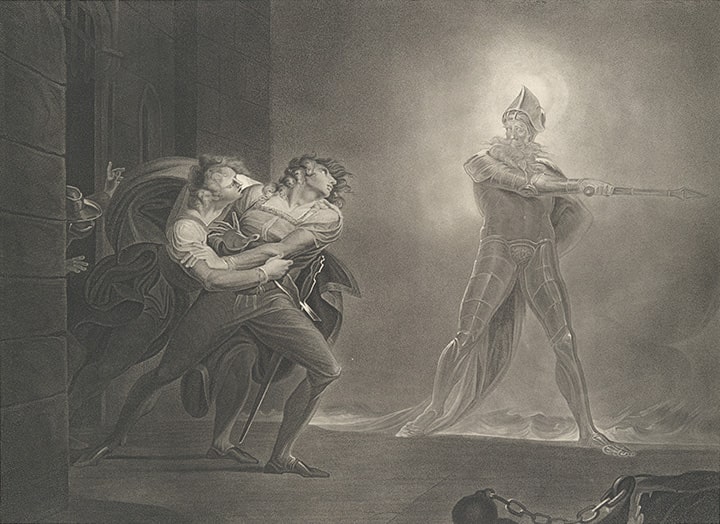
Of course, some of the language feels old or formal, but the story and characters come through clearly. You 100% don’t need to read it in Early Modern English to get something out of it.
Reading a play like that can be a bit dry. A lot depends on how much the reader is willing to put into it. If you just read it passively, the events almost come across as comedic. Some scenes are so extreme in how they escalate that they could be appear funny – if you don’t actively focus on the tragic tone.
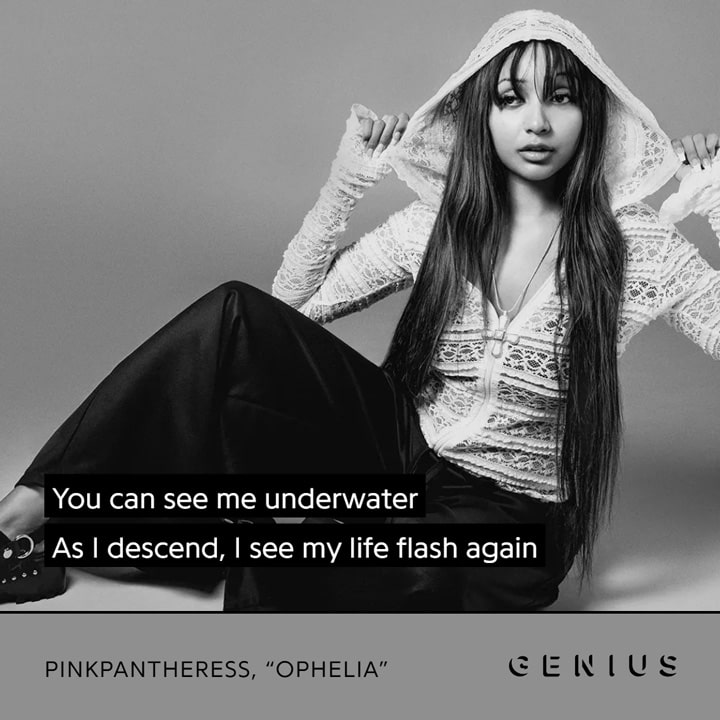
For example Ophelia’s parts stood out to me – what happens to her is like genuinely sad. Hamlet himself is a complicated character – he comes across as kind of unpleasant. He needs to play a difficult role and he does it with a kind of intelligence that makes it fascinating to read.
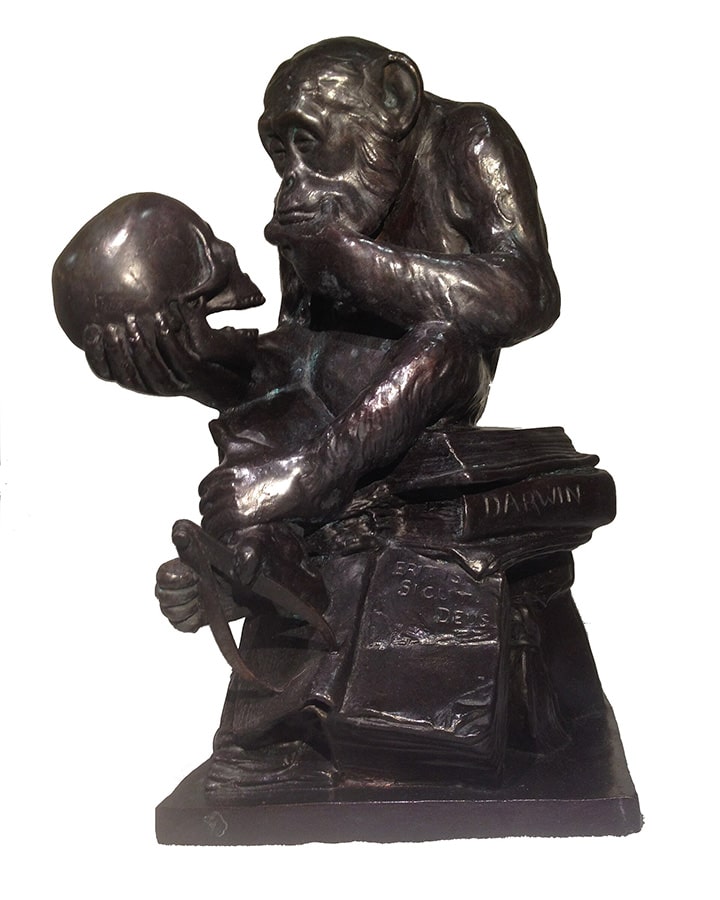
»Doubt thou the stars are fire;
Doubt that the sun doth move;
Doubt truth to be a liar;
But never doubt I love.«
Before reading the play, I had come across a short summary that gave me a completely wrong impression of what Hamlet is really like. The actual experience of reading it was more layered and also more entertaining than I expected. There's a surprising amount of wit in the way it’s written and so well put. It's fun to read it.
Smart, dark, emotional and short. It works really well if you give it the time and attention it deserves. A strong recommendation from my side. I’ll be keeping an eye out for the next performance nearby.